Agency models are changing. Instead of doing everything in-house, you can choose to outsource the production work to white label or “strategic partner” firms. Or you can choose to fulfill production work, as that third-party firm.
How do you decide which business model is right for you? Let’s explore the pros and cons of the three agency models: front-end, back-end, and full-stack.
Full-Stack Agencies: Client-Facing + Production Work
This traditionally is the “default” agency model. Full-stack agencies typically have the ability and knowledge to handle everything from strategy and design, to development, to maintenance and support. A “full-service” agency is usually a full-stack agency… but not all full-stack agencies are full-service.
- Advantages to Full-Stack: The advantage to full-stack is that agencies can say “yes” to clients faster, since they know when their full team is available (including if the client needs to wait).
- Disadvantages to Full-Stack: The disadvantage is that it’s hard to scale-up (or scale-down) a full-stack agency, since you’re primarily hiring full-time employees… or you need to lay them off if new business contracts.
How to Succeed as a Full-Stack Agency: You need to excel at front-end work… and at efficient production. You’ll also need a strong network and employer brand, to help you match supply and demand, as client needs fluctuate.
The alternative? Choosing to be a front-end agency or a back-end agency. Let’s look at the pros and cons of those models.
Front-End Agencies: The “Face” to Clients
Front-end agencies are doing sales, client strategy, account management, project management, and billing. They are the “face” of things to the clients, and then they turn it over to back-end agency to actually fulfill the work. Front-end agencies outsource production work to other agencies or freelancers, often in low-cost countries. The front-end agency has a relatively fixed cost structure since they only add team members when (for instance) they need more account managers or project managers.
- Advantages to Front-End: Advantages include being able to offer a wide range of services to clients, without needing to build the expertise in-house. They’ll likely get a higher valuation if they pursue an exit. And then they have the flexibility to outsource to multiple companies—so if they need more help, they get more help. And if they need less help, they scale back.
- Disadvantages to Front-End: Being a front-end agency adds a level of complexity. The back-end agency or third-party vendor may not always be a reliable partner or committed to the same standards. You’ll need to invest time in vetting partners. You’ll probably need to manage the work more closely than if you were doing it all in-house. And you’re on the hook to clients, when “someone else” makes mistakes on your behalf.
How to Succeed as a Front-End Agency: You need to build a brand, get great at business development, create a strong project management team, and clearly communicate via account managers to understand what clients need.
Tired of dealing with clients? The back-end model might be a better match.
Back-End Agency: Operating the “Boiler Room”
As an alternative, an agency can choose to be a “back-end” agency—where they do white label or strategic partner work for other agencies. The front-end agency handles strategy and account management. Typically, project managers will connect the two agencies—PMs at the front-end agency coordinate with PMs at the back-end agency.
- Advantages to Back-End: As a back-end agency, you can build a diversified stream of revenue across multiple agencies. If you do good work, you’ll keep getting followup business from your front-end agency partners. Rather than building a premium brand, it’s about running an efficient business. This can be a match if you prefer “doing” the work to selling the work.
- Disadvantages to Back-End: The downside to back-end is that you’re competing on price (and to an extent, quality and turnaround time). Margins tend to be lower. Clients don’t go away; now you’re reacting to what the intermediary agency says the client wants. Your team sometimes has to read the end-client’s mind, since they’re several layers away. And you may feel pressure to say “yes” to client projects you don’t like, because you don’t want to threaten the relationship with the intermediary agency.
How to Succeed as a Back-End Agency: Your success will rely on building a network of team members in lower-cost markets, and your project managers must successfully translate across language and cultural differences.
How to choose: Deciding which Agency Model is right for you
Think about what type of clients you want to work with, how much risk you’re willing to take, where you want to focus your energy, and what size team you want to create.
The default is for agencies to be full-stack: doing the front-end client work and the back-end production work. But that doesn’t mean it’s the right model for you. The major problem with full-stack is that if work surges up or down, you suddenly now have a team that’s too small or too big.
If you want to offer more services without needing to hire a large full-time staff, consider the front-end model. If you want to focus on execution and perfecting the production process, consider the back-end model. If you want more control over the entire process, consider the full-stack model.
Can you change the agency model later?
Do you need to decide on the “right” model in advance? Yes and no. Ideally, you’d choose carefully and then stick with it.
But if need be, you can make changes over time:
- It’s easiest to switch from full-stack to front-end, since you’d keep your client-facing team and find outsourced partners to fulfill the implementation work.
- Switching from full-stack to back-end can work, if you already have a strong network of partner agencies to feed you work (and then you’ll need to recruit more).
- It’s hard to switch from back-end to front-end, although it could work if you test the waters by repositioning as full-stack first.
However, one of these is more popular than other. What’s trending? Read on.
What’s the trend for agency models?
Among my highest performing clients, I’m seeing a shift from full-stack to front-end. They outsource content to other agencies, or they outsource development, or they outsource PPC campaigns. In that case, they might have one designer or developer in-house, for quick-turnaround client requests or to troubleshoot issues from the back-end agency. This lets them build a potentially-salable brand, while being flexible as revenue grows and shrinks.
But at the end of the day, there’s no one-size-fits-all solution. Dig into the pros and cons of the different agency models, and decide which works best for you. Take the time to understand the risks, opportunities, and potential rewards before you commit.
Question: What agency model is right for the future of your firm?


